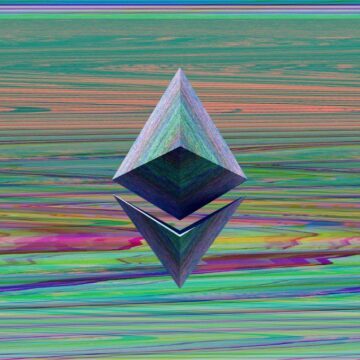Aims To Address Security and Decentralization Concerns
Polygon, the most popular of Ethereum’s many scaling solutions, is working to address one of its most persistent critiques and tap into the security and decentralization of Ethereum, according to its co-founders.
Ethereum, though decentralized and difficult to take down or censor, is slow and expensive to use. Scaling solutions such as Polygon are meant to address both issues.
Unlike so-called Layer 2 protocols, such as Arbitrum and Optimism, however, Polygon is an entirely separate blockchain from Ethereum. Polygon does not post its data to Ethereum and is far less decentralized.
‘True Layer-2’
On Thursday and Friday, Polygon co-founders Anurag Arjun and Mihailo Bjelic confirmed that engineers who contribute to the chain are attempting to turn it into a “true L2,” also known as a rollup.
“Work is underway on this already,” Arjun tweeted. “Can’t give an exact timeline though.”
Bjelic echoed this hours later.
“We are working on upgrading Polygon PoS into ‘true L2,’” he tweeted.
Ethereum founder Vitalik Buterin summarized the peril and promise of Polygon’s approach in a June 2021 podcast appearance when he said, “Even if its security isn’t perfect, at least it exists.”
“Instead of being secured by Ethereum, [Polygon is] also secured by its own proof of stake consensus with its own token,” he said. “So if 70%, or even 51% of the holders of Polygon’s tokens wanted to take my money in Polygon, they can.”
But Polygon is much faster and cheaper to use than Ethereum, and the Polygon team traded decentralization for speed and affordability for “very pragmatic reasons,” Buterin continued.
Trade-off
“The Ethereum ecosystem needs to scale now, and there are applications that want to do something now, and if there aren’t Ethereum-friendly options for them, they aren’t just going to wait peacefully and do nothing for 12 months,” he said. “They’re going to go to either Binance Smart Chain [now known as BNB] or some other system, potentially something that has totally no alignment with Ethereum values.”
Bjelic said as much on Twitter Friday.
Bjelic called Polygon’s primary blockchain, Polygon Proof-of-Stake, “as a temporary architecture that has served us (and Ethereum) well, but it’s definitely not the end game.”
“We are working round the clock on improving Polygon zkEVM and we hope to share some exciting news soon,” he added, referring to a highly anticipated, Polygon-developed rollup that utilizes cutting-edge, zero-knowledge technology.
Polygon’s Embrace of Zero Knowledge Proofs Cranks Up the Heat in Scalability Race
Layer 2 Makes Bold Move to Increase Transaction Speed and Lower Fees
Polygon’s transition to a “true Layer-2” would dramatically shake up the race to become the dominant scaling solution on Ethereum. Despite its “sidechain” model, Polygon has proven adept at integrating existing businesses into its ecosystem, having recently launched partnerships with Reddit, Instagram, J.P. Morgan and even a police department in India.
Polygon Scores Deal with Instagram to Support NFT Creators
Distributing Meta’s NFT Toolkit Latest Win for Layer 2 Blockchain Network
With $1.5B in total value locked, Polygon is the fifth-largest smart contract network, according to Defi Llama. Its closest competitors in the Ethereum scaling race, Arbitrum and Optimism, are in seventh and eighth place, respectively.
Polygon’s MATIC token is up nearly 30% in the past week.
MATIC Price, Source: The Defiant Terminal
- Bitcoin
- blockchain
- blockchain compliance
- blockchain conference
- coinbase
- coingenius
- Consensus
- crypto conference
- crypto mining
- cryptocurrency
- decentralized
- DeFi
- Digital Assets
- ethereum
- machine learning
- non fungible token
- plato
- plato ai
- Plato Data Intelligence
- Platoblockchain
- PlatoData
- platogaming
- Polygon
- proof of stake
- The Defiant
- W3
- zephyrnet






